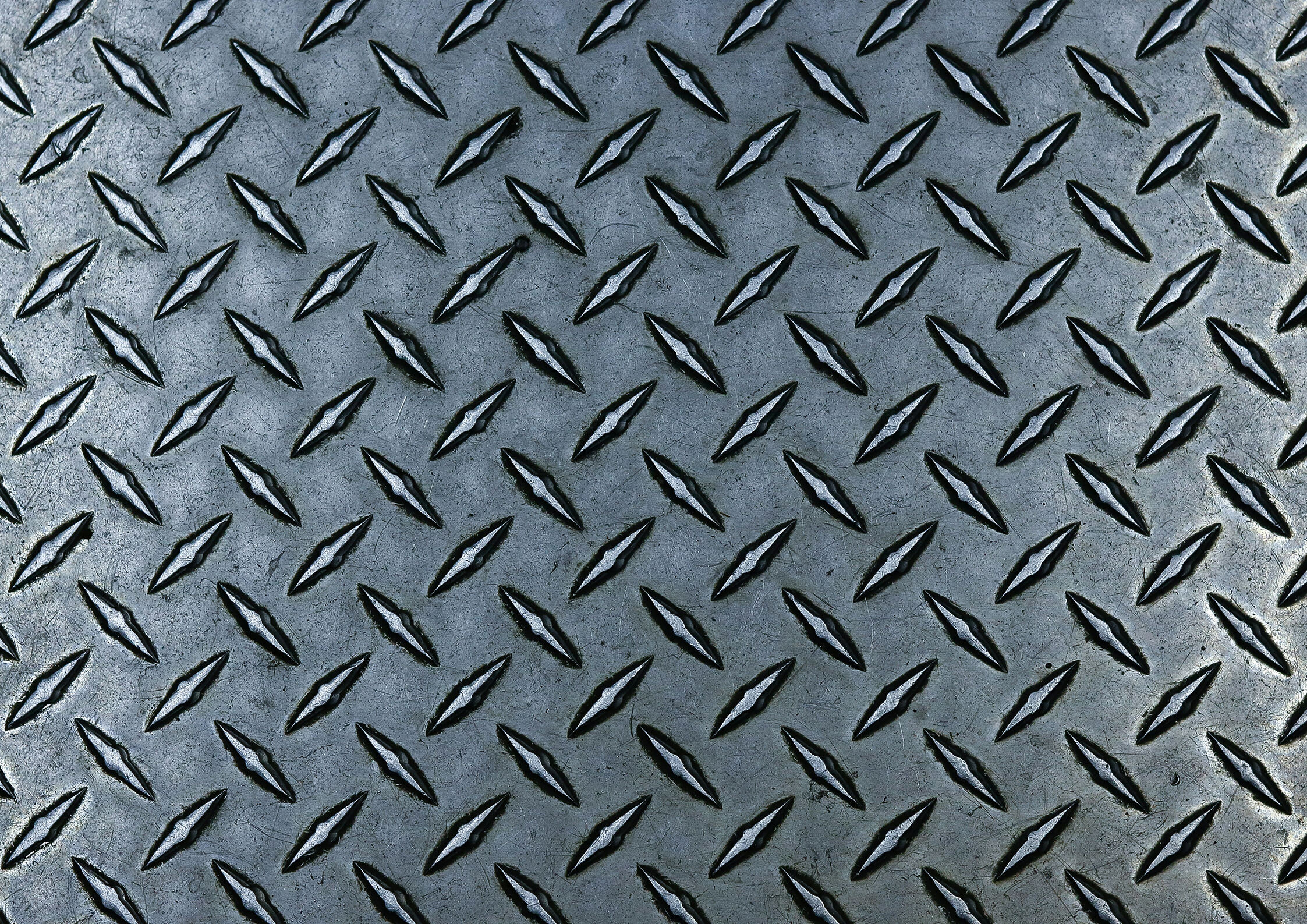Stamping involves placing flat sheet metal, in either coil or blank form, into a stamping press. In the press, a tool and mould surface form the metal into the desired shape. Punching, blanking, bending, coining, embossing, and flanging are all stamp...
Share
Stamping involves placing flat sheet metal, in either coil or blank form, into a stamping press. In the press, a tool and mould surface form the metal into the desired shape. Punching, blanking, bending, coining, embossing, and flanging are all stamping techniques used to shape the metal.
Stamping is a fast and cost-effective way to produce high volumes of metal parts. Due to the mould guaranteeing to form the parts with a high repeatability, it allows us to produce complex shapes while maintaining consistently high quality and fast turnaround. Some simple metal parts can be stamped with a single stroke, while more complex parts may need to go through multiple stages.
In Atlas Metal, Stamping is performed on presses with a capacity between 5 to 250 tons and at tolerances down to 0.25mm. Processes can be performed on various metals, both ferrous (stainless steel, carbon steel, etc.) and non-ferrous (aluminum, copper, etc.).
Optimal toolings ensure the quality of stamping production. Before the metal can be formed, our engineer must design the toolings via CAD engineering technology as per customers drawings or technical requirements. These designs must be as precise as possible to ensure each punch and bend maintains proper clearance. In Atlas Metal, our tooling shop is equipped with high precise CNC processing machines, CNC WEDM and EDM machines to guarantee the toolings manufacturing to be compliance with our tooling design, therefore, to ensure the final stamping quality.
- Blanking is a stamping step where mould is used to punch and cut the stock large sized sheet into smaller workpieces suitable for next stamping operation, such as deep drawing, bending, and forming. Often this is combined with piecing.
- Piercing is to punch holes on the blanking metal sheet or tube parts, which is very important stamping process with more than 80% of stamped parts to have the holes.
- Sheet Bending is to bend the sheet metal to any designed angles on mechanical or hydraulic presses with or without die.
- Forming is to add enough pressure on the sheet metal blank to force it plastic deformation by mechanical or hydraulic press machines to form it to designed shapes and specified dimensions. In forming process, the deformed material is retention, not to be cut out.